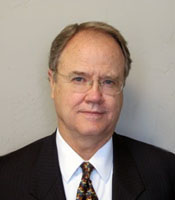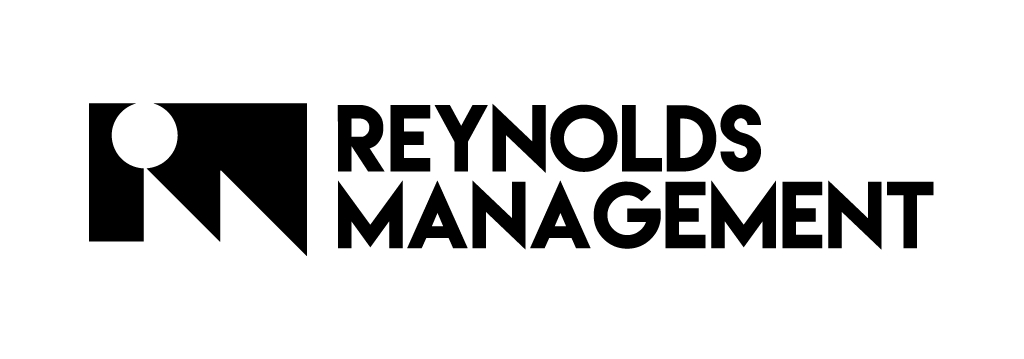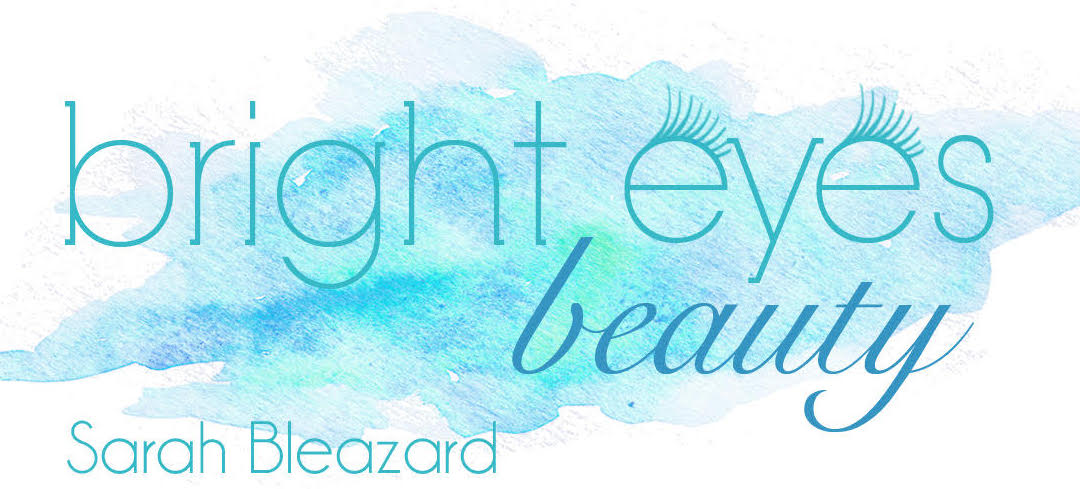by Ronald H. Reynolds
Social media is a necessary ingredient in fundraising for non-profits. A picture is worth a thousand words. Photography carries a power and pictures and testimonials provide excellent content and motivation in the solicitation of donations through this media. Pictures and recipient sound bites are additionally valuable in reports to donors, especially corporations, who desire that their employees are made aware of their beneficial accomplishments in order to engage them in a unifying cause.
Turning a one-time donor into a regular future donor generally requires some proof that their donation has accomplished a beneficial change in the life or lives of others. Just as online testimonial posts are important in the selecting of a service, an accounting by pictures or quotes relating specifically to the donor’s contribution will prime the pump and incentivize future involvement of the donor.
Many charities shy away from this type of accountability and reduce their organizational transparency reports to boring financial accounting and graphs. The proof of the pudding is in the tasting, but non-profits often deny their donors this emotionally satisfying, authentic content because of their conception of privacy.
In general, there are certain areas of law which deal with the use of photographs including intrusion upon seclusion, the unreasonable revelation of private facts, the presentation of the subject in a false light and misappropriation. The tort of intrusion applies if there is a trespass or a surreptitious surveillance concerning a private area. 2nd Restatement of Torts, Section 652B. The publication of private facts deals with highly offensive publicity that is not of a legitimate concern to the public. Usually photographs taken of almost anything visible in a public place are not actionable. 2nd Restatement of Torts, Section 652D. This might be a picture of a gathering around the new well that has been built for the village in the village square. There are exceptions to this, the main being photographs or publicity that places the aggrieved party in a false light. However, these photographs must be highly offensive to a reasonable person and done so with a knowledge of, or reckless disregard of, the falsity of the depiction. 2nd Restatement of Torts, Section 652E. A second exception to the use of pictures of the public would fall under the heading of misappropriation which arises with celebrities and the use of their image for an advertisement rather than a newsworthy purpose, and deals with a taking of commercial value.
Therefore a photograph is generally publishable if it is not from hidden surveillance or is not revealing private facts that are highly offensive and have no public concern, or taken in a way that presents the subject in a highly offensive, false light, or is not of a celebrity and used for commercial value. Then, the photograph may be appropriate without permission unless the person pictured is under 18 years of age. In that case, the parent or guardian should sign a consent form.
Where there is no reasonable expectation of privacy, and the photographs are taken in a public place, use of the photograph is generally not actionable. When photographs are taken openly, there may be considered an apparent consent.
The U.S. Constitution’s First Amendment encourages and protects the freedom of the media release of photographs and statements by real people without authorization. In the Supreme Court case of Time Inc. v. Hill, 385 U.S. 374, 388 (1967), the Court stated that this would be permissible as “. . . an essential incident of life in society which places primary value on freedom of speech and press.” There is, however, a balance of substantial disruptive harm caused by infringement on personal rights and the right of privacy and property. Many states have developed their own privacy statutes that generally protect non-celebrities. These statutes tend to deal with commercial use and some type of offensive publicity or secretly captured pictures of people in private places.
Nevada courts recognize the torts of intrusion, private facts, and misrepresentation as mentioned above, as well as recognizing a preclusion of photographs used to portray someone in a false light In the case of PETA v. Bobby Berosini Ltd., 985 P.2d 1269 (Nev. 1995), the Court did not find an intrusion because although the pictures were taken in seclusion, the party being photographed did not expect to be isolated, and the intrusion was not highly offensive. Further, the Court did not find the video taken displayed the orangutan trainer as presented in a false light. Finally, the Court found no cause of misappropriation because the tort applies to ordinary people and not celebrities. This being said, the trainer may have prevailed had he sought recovery under the right of publicity statute and each states statute should be considered. Nevada has a right of publicity statute, NRS 598.980-988, which follows the general guidelines above.
Therefore, as a rule of thumb, the photographer should avoid misconception and preserve the subject’s dignity and be careful not to exploit a patient’s condition and honor the circumstances and capture real situations. Neither the photographer nor the non-profit should use a photograph for commercial purposes without a full release, nor should they use the photograph of minor children without a parent or guardian release, except for crowd shots in public areas.
Because relevant information must have a nexus to what motivated the original donation, pictures taken to document a service project are reasonable and newsworthy. However, some pictures may become stale or dated and may no longer be newsworthy and should be removed to archives. This is because current news carries its own special exclusive rights and newsletters, blog posts or recent events sections on websites are considered news and photographs posted for a limited time tend to have their own sanction for use.
Because impact information is necessary to demonstrate the effectiveness of the charity in achieving its desired social mission, and because performance measured is performance enhanced, while at the same time the revelation of this performance additionally enhances donor relations, photographs are a necessary part of our day and age in corporate non-profits. It is therefore suggested that consents be secured for the minors when identifiable and not in a group photo taken in a public area and if they are close-ups of the youth, the photo should not include an identifiable person or could be limited to the hands of the hands, arms or back of a child or an adult turning on the new water faucet or involved in the rescue being filmed.
In most jurisdictions, the privacy issue turns on whether the photographs were taken in public places or private but there is a rule of thumb that suggests that the purpose be beneficial, reasonable and newsworthy.
Most photographers have an ethical code which includes the following:
- Non-permissioned use of images of a private setting, home or office;
- Respect for the person being photographed by using discernment in candid photography in order to preserve as much as possible the dignity and honor of others;
- Refrain from taking or using an image where it is clear the person does not want their picture taken or has requested that it not be taken;
- Images that reinforce destructive stereotypes should not be used unless they are included with other images that tell a more complete story or otherwise discourage such actions.
A consent should be generally as set forth below:
I hereby release and grant to ___________________ (your name) (Photographer), and his or her assigns, licensees, and legal representatives, the irrevocable right to use any photographs of me taken by the Photographer, in all forms and media, whether now existing or not yet created, and in all manners, including composite or distorted representations, for advertising, trade, promotional, political, charitable, educational, or any other lawful purposes. I hereby waive any right to inspect or approve the finished versions, including written copy that may be created in connection therewith. I have read this RELEASE AND CONSENT and am fully familiar with its contents.
Signed________________________
Contact information:________________________
Date:_________________________
(If applicable) I am the parent or guardian of the minor named above and have the legal authority to execute the above release. I approve the foregoing and waive any rights in the premises.
Signed________________________
Contact information:________________________
Date:_________________________
—
This Blog contains information of a general nature that is not intended to be legal advice and should not be considered or relied on as legal advice. Any reader of this Blog who has legal matters involving information addressed in this Blog should consult with an experienced entertainment attorney. This Blog does not create an attorney-client relationship with any reader of this Blog. This Blog contains no warranties or representations that the information contained herein is true or accurate in all respects or that it is the most current or complete information on the subject matter covered.







